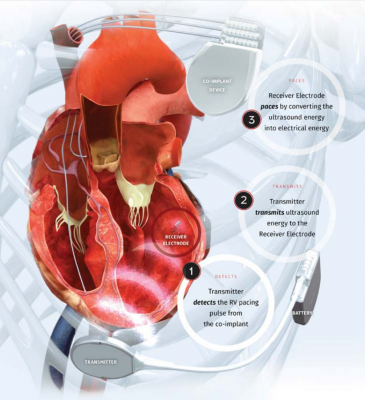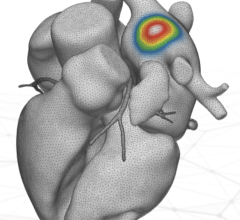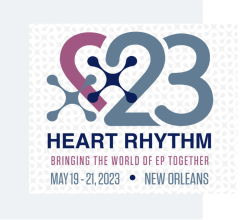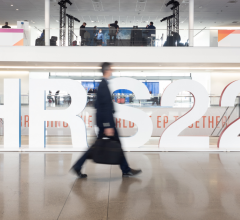
The WiSE CRT System uses a tiny implant in the left ventricle to synchronize the heart, overcoming limitations of traditional Cardiac Resynchronization Therapy (CRT) in heart failure patients.
May 12, 2017 – New study proves safety of novel, wireless pacing system, WiSE CRT (Wireless Stimulation Endocardially for cardiac resynchronization therapy) two years after implantation. The study is the first to report on the medium-long term feasibility of the EBR WiSE cardiac resynchronization therapy (CRT) leadless pacing system for heart failure patients and was presented at Heart Rhythm 2017, the Heart Rhythm Society’s 38th Annual Scientific Sessions.
The WiSE-CRT is currently the only wireless, endocardial (inside the heart) pacing system for stimulating the heart’s left ventricle (LV). The implant is roughly the size of a large grain of rice and uses ultrasound technology to transfer energy from a subcutaneous pulse generator to a receiver-electrode implanted on the LV endocardial wall.
Watch the VIDEO “How to Implant a Leadless CRT LV Pacing System.”
The multicenter study was conducted in various locations across Europe including the United Kingdom, Germany, Czech Republic and Denmark. Researchers enrolled a total of 33 patients that underwent implantation. Prior to the study, all patients experienced progressive heart failure with no response to conventional CRT treatment therapy.
LV capture was possible in all cases throughout the study. The average mega joule (mJ) required for electrical capture was 0.38, 0.36, 0.33, 0.37, 0.19 and 0.25 at one week, one, two and six months, and at one and two years, respectively. The two-year threshold trend was found to be similar to those for conventional pacing system.
“The results are very encouraging because it’s the first time we are seeing the long-term outcome of this wireless pacing system and was demonstrated to be safe and feasible for heart failure devices,” said lead author, Simon James, MRCP, electrophysiologist, James Cook University Hospital in Middlesbrough, United Kingdom. “By eliminating the challenges that come with leads seen in a conventional pacing system, this novel device provides a new treatment alternative that has the potential to improve the patient’s overall quality of life.”
Study authors note that there is interest to further test the long-term efficacy with WiSE-CRT and review the results on a larger number of patients. There is currently a clinical trial taking place to test the safety and effectiveness of the device specifically in the United States.
Approximately 26 million people worldwide are living with heart failure.[1] Successful CRT therapy can help reduce heart failure symptoms, hospitalizations, and mortality by synchronizing the left and right ventricles. Although traditional CRT systems are widely used in patients, approximately 30 percent of patients – and as high as 40 percent to 50 percent in some studies – do not respond to this conventional therapy.[2] There are leads in conventional CRT systems and that can increase the risk of infection due to a physical connection from the heart to externalized (outside the blood stream) components and the restricted choice of electrode site can result in failure for patients to benefit.
For more information: www.HRSonline.org, www.hrssessions.org
References:
1. Ponikowski, Piotr, Stefan D. Anker, Khalid F. AlHabib, Martin R. Cowie, Thomas Force, Shengshou Hu, Tiny Jaarsma, Henry Krum, Vishal Rastogi, Luis E. Rohde, Umesh C. Samal, Hiroaki Shimokawa, Bambang Budi Siswanto, Karen Silwa, and Gerasimon Filippatos." Heart Failure: Preventing Disease and Death Worldwide." (n.d.): n. pag. 15 May 2014. Web.
2. Leeor M. Jaffe and Daniel P. Morin. "Cardiac Resynchronization Therapy: History, Present Status, and Future Directions." The Ochsner Journal (2014): 596-607. Web.
3. Simon James, Darragh J. Twomey, Christian Butter, Sam Riahi, and Andrew Turley. Heart Rhythm 2017 meeting session, “Contemporary Considerations in CRT: Left Ventricular Endocardial Pacing with a Novel Wireless CRT System (WiSE-CRT): Pacing Threshold Trends: Medium Term 2-Year Data.” Presented May 12, 2017.


 July 30, 2024
July 30, 2024 









